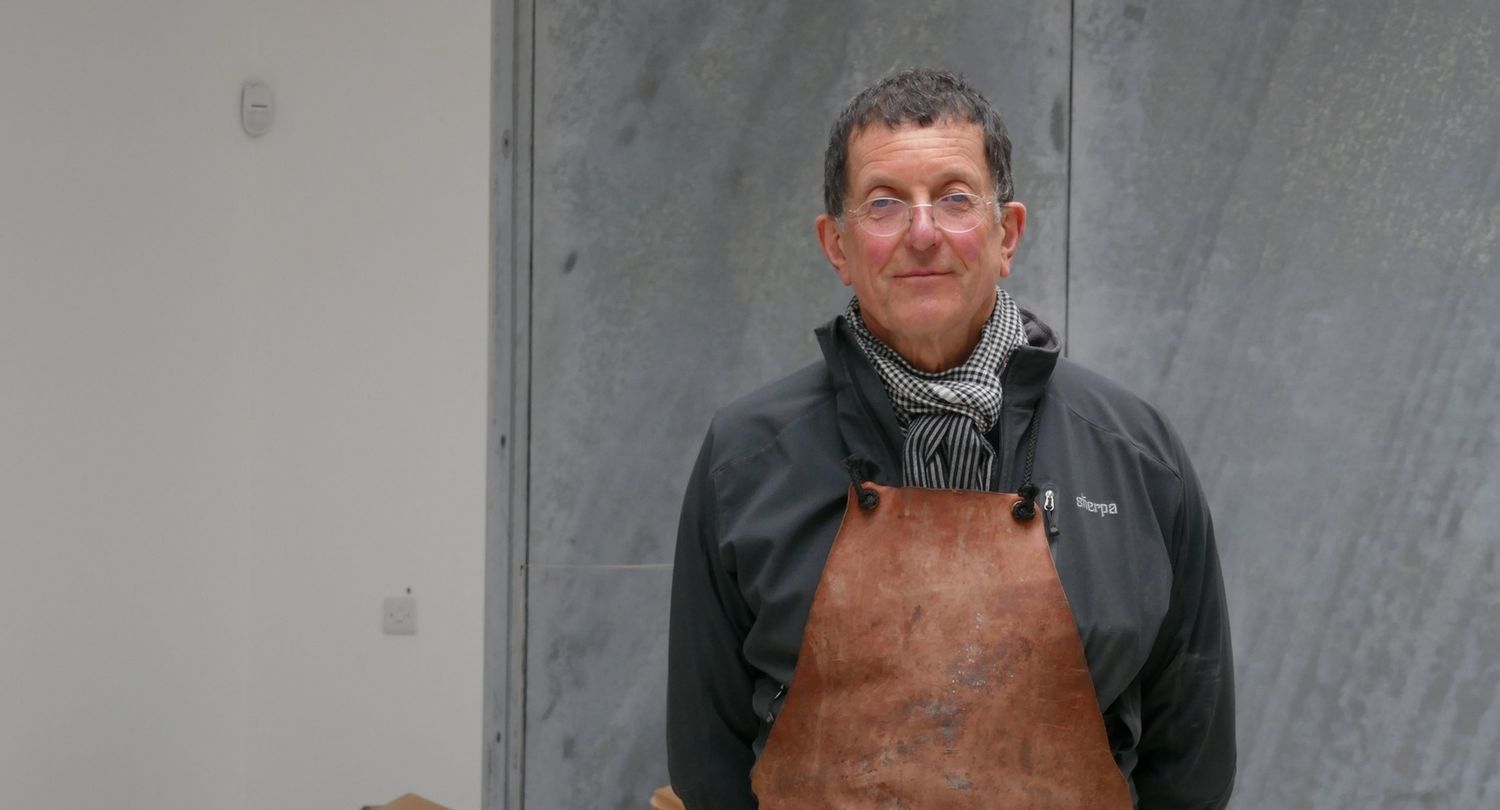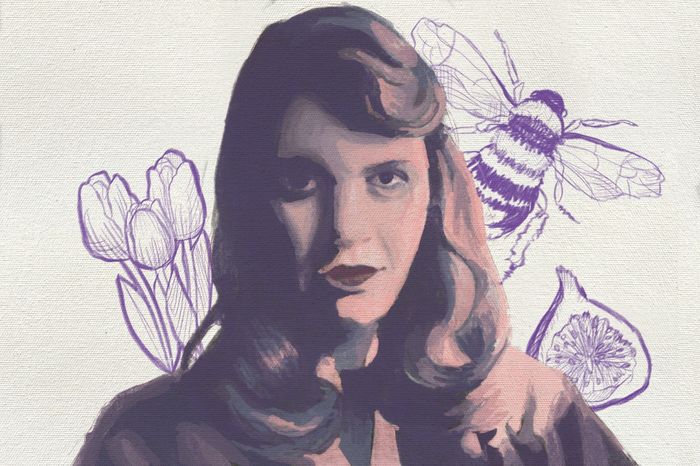If you’re a Cambridge student, then you’ll probably recognise Antony Gormley’s works as part of your day-to-day surroundings. You might walk past the precariously stacked cast iron blocks of Daze IV every day on your commute to lectures at Sidge, study under the watchful eye of Learning to See VI at Jesus Library, or perhaps even unknowingly tread over Earthbound: Plant – a statue buried upside down so that only the soles of its feet can be seen – at the University’s Downing Site.
The very same city that these statues occupy is where Gormley’s artistic journey began. He studied Archaeology, Anthropology, and the History of Art at Trinity College from 1968 to 1971, in a political environment not too dissimilar from today’s. “From the occupation of the Senate House, and demanding student representation of the University’s boards, to the Garden House riot, demonstrations against Enoch Powell speaking at the Union and marches for nuclear disarmament, Cambridge was the place in which my political awareness grew,” he tells me. “It was the place in which I first recognised that challenging preconceptions and seeking out new arenas of expression and experience was not just possible but could be achieved.”
After his second year in Cambridge, Gormley made his first journey to India and Egypt, which “became foundations for a lifelong love of journeying”. Once graduated, he returned to India, spending some years there learning about Buddhism and Vipassanā meditation; he cites this as the inspiration for his work being so rooted in the body. It was upon his return to England that he made one of his first artworks, Sleeping Place, inspired by the forms he saw sleeping under saris or dhotis. From here, Gormley went on to make iconic sculptures like The Angel of the North and Another Place, winning the Turner Prize in 1994 and being awarded a knighthood in 2014 for his services to the arts.
“Art is always responding to the time of its making”
Upon visiting his most recent exhibition, Witness, at White Cube Mason’s Yard, I was struck by how different the experience of viewing Gormley’s works in a museum was in contrast to the public displays of his work that I had been so used to. “I love museums and think of them as an extension of public space,” Gormley admits, whilst explaining to me that we must simultaneously “recognise that they are refuges for works that have lost their context: in which objects are used as props for a form of cultural instruction where information replaces life”.
Witness features Gormley’s early lead works, which “were made in the Cold War, when the most likely threat to all life was the human capability for mutual nuclear destruction”. Initially “an attempt to materialise the tensions between creation and destruction and acknowledge their mutual dependency,” it seems as though there couldn’t be a more appropriate time to be re-displaying, and thus re-contextualising, these works. As Gormley himself tells me, “In the present reversion to authoritarianism, nationalism, dictatorship, war, and political instability – encouraged by the issue of identity politics – it seemed a good time to test the resonance of those early works where I was testing what a work of art could do.”
This endeavouring to harness the possibilities of art is evident throughout Gormley’s career, one of my favourite examples being his installation Another Place. I grew up alongside the 100 iron men spread out across two miles of Crosby beach. Despite their familiarity, I always found their presence striking, often scaring myself by thinking for a split second that someone was being submerged way out at sea. A powerful reminder of our vulnerability and reliance on the earth which supports us, Gormley states that the aim of Another Place is to “to materialise our dependency on the planet and our total immersion in its systems, while acknowledging that migration is hardwired into our species’ identity” “Whether purposefully or not,” he says, “art is always responding to the time of its making. Art is a very useful place: in the world but not of it, from which we can look out and reflect on the controls inherent to our time. Nuclear conflagration as the main threat to existence has been replaced by the understanding that it is our way of life that is a threat to all living things on this planet. My work tries to bear witness to this difficult truth.”
It is the public nature of Gormley’s artwork that makes this message all the more impactful. “I have always thought that the natural place for art is in the world rather than being filtered through museums or galleries. […] Once you put art in the world you see what it can do and that’s exciting. You discover that it does not need the validations or framing provided by institutions.” For Gormley, this framing is instead provided by the landscape which surrounds the sculpture. His public installations often feel incongruous in their architectural contexts, whether it’s iron figures submerged out at sea, an angel overlooking a motorway, or, in Cambridge, sculptures in iron and steel situated amongst decorated gothic buildings. When asked about how he considers the surrounding architecture for his installations, Gormley makes it clear that the positioning of his work is very intentional, telling me that “context has to be acknowledged and become part of the way the content of the work is conceived and transmitted. If there wasn’t a certain strangeness in either the work itself or the way that it is positioned within the build world, it would simply be decoration. There has to be an element of confrontation in one’s first engagement with a work: What is this thing? What is this thing doing here?”
“I feel immensely grateful to the University”
One statue which demonstrates this “strangeness” in its positioning is True, for Alan Turing, its iron blocks framed against the decorated architecture of King’s College. Despite the statue’s seemingly inhuman form, Gormley explains that embodiment was still a key element of its composition: “I felt it necessary to both evoke the spirit and internal attitude of Alan Turing while using the empirical and mathematical principles that his work opened up. What I hope I have done is make an objective correlative for not only the advances that his work gave us in computer technology, but also an evocation of the tensions within the man himself. In that respect, I was trying to empathise with Turing through experimenting with body postures that could evoke a tension between stability and instability.”
As opposed to a lot of his earlier works which were formed through making plaster casts of his own body, Gormley – in collaboration with King’s Research Fellow Sebastian Ahnert – began working on True, for Alan Turing using “a software program based on the Turing engine,” which allowed him to “mutate forms”. However, he tells me that “in the end this artificial form generation became a distraction and I had to abandon it in favour of the making of physical models that I felt were more in keeping with what I was aiming to do.” Gormley maintains an awareness “of how easy it is to be trapped by [cyber technologies],” saying that “every advance in our extended arm changes the way we think, feel and move. It is difficult to use our cyber technology without it using us, or falling into the false agency that it promises.” That doesn’t stop him from making use of this technology, however. “You could say that danger of entrapment has become part of the subject of my work. It certainly was for the Angel of the North.” In a modern world where “we spend more and more of our waking lives engaging with screens and devices,” it is more important than ever to prioritise “first hand physical engagement with materials and objects”. “Sculpture can be a strong antidote to the surrogate forms of experience that the cyber world and virtual reality offer us.”
In Cambridge, then, there is a lot that we can learn from sculpture. As Gormley tells me, “it is a very good thing within the university environment to have objects that are materialised questions that are not yet linked to fixed iconography or meaning. Sculpture is, by its nature, still and silent, bearing witness, while being in contradiction to the functional world around it. It waits for our attention, waiting for the thoughts and feelings that arise in our minds and bodies as we engage with it.”
After being bogged down in exam season, the way in which Gormley speaks about Cambridge reminds me of how grateful I am to be studying in a place which inspires such creativity and curiosity. “I feel immensely grateful to the University and all it offered in its open-minded encouragement,” he says. “My time at Cambridge was exciting, allowing experimentation in all forms of being, making and thinking.” When asked about what he hopes students here will take away from his work, Gormley shares with me some valuable parting wisdom: “Stop, look, circumnavigate, and use the space displaced by the work itself as a place to be. I am acutely aware of the pressures on all students these days and I’m hoping that these still, silent works will be some form of ally to the internal journeys that all of us have to go on.”


